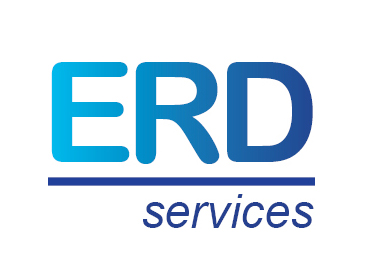Icon Acquires PRA to Double its Size
Icon Becomes the Second-Largest CRO Globally
Icon made a step change in the clinical trials CRO market with its USD 12bn planned PRA Health Sciences acquisition. The purpose of the transaction is scale. With PRA Health Services, Icon will double its size. The company will have pro-forma 2020 revenues of USD 6.0bn and an adjusted EBITDA margin of 16.1%. It will become the second-largest clinical CRO after IQVIA and ahead of PPD and Syneos Health.
Icon targets USD 150m in run-rate costs savings within 4 years or about 2.5% of revenues. Icon did not share its revenue synergy ambitions. It, however, intends to grow revenues by high-single-digit numbers in the future. This is an acceleration over 2020 (we estimate +2.0% for the combined entities).
Net debt reduction will be a priority. With the PRA transaction, Icon is on-boarding USD 5.8bn in additional net debt. The company says it will have a pro-forma net debt of approximately USD 4.5bn, an adjusted EBITDA ratio of 4.5. The company targets a 2.5 leverage by the end of 2023.
PRA Brings Precious Virtual Trials IP
Icon highlighted the complementary nature of PRA, which brings a focus on biotech clients and a transition to virtual trials/distributed clinical trials (DCT). PRA brings several IPs, including its Mobile Health software suite and Real-World Data Solutions. With many sites closed during the pandemic, PRA has relied on telehealth products to capture activities and data that would have otherwise been gathered onsite. Virtual trials open up many possibilities, including getting access to more patients for clinical trials and gathering data on a real-time basis.
Potentially, DCT can disrupt the industry and reduce the importance of site networks, driving important restructuring expenses with fewer sites needed and decreased operating costs for conducting trials. This is all tentative: the industry does not know how client demand will evolve once the pandemic is over.
With this in mind, PRA Health Services brings precious DCT assets to Icon. Investors, however, worried about the risk of execution in merging two companies of similar size that essentially overlap.
